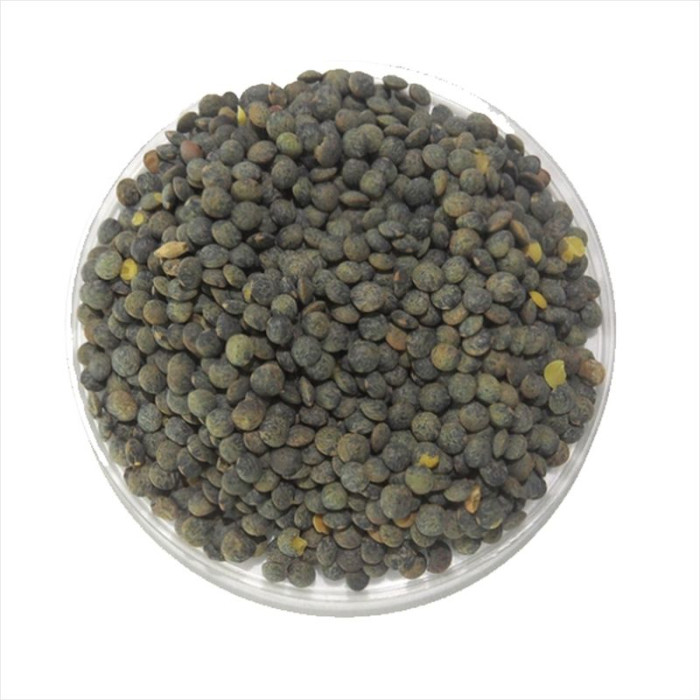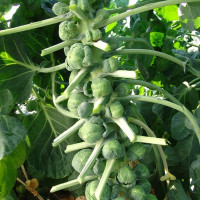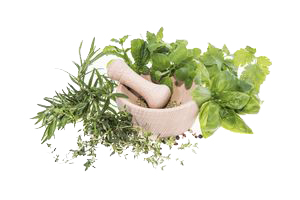French lentils
An annual herbaceous plant of the legume family. Stem height 15-75 cm, prone to lodging or erect, blackish, tetrahedral, pubescent, branched. Lentil leaves are compound, with 2-8 pairs of leaflets, parotid, which end in a branched tendril, very rarely its rudiment. The root system is branched.
Lentil is a moisture-loving and cold-resistant plant. The growing season lasts from 75 to 115 days. The best soils for growing lentils are chernozems that do not tolerate saline, acidic and heavy soils. The plant is self-pollinating. Lentils are used as fodder and food crops. The grain contains - 35% protein, 2.6% oil, 61% starch, cereals, flour, etc. are produced from it.
Many consider these bluish, marbled lentils to be the best variety for their unique peppery flavor and excellent ability to hold their shape after being boiled. It also has very soft skin. It can be used as a salad and side dish for chicken, meat and fish dishes or used in soups and casseroles.
Lentils contain dietary fiber, folic acid, vitamin B1 and minerals (iron contains almost 2 times more than other legumes). In addition, it contains a large amount of protein, including the essential amino acids isoleucine and lysine. However, 2 essential amino acids - methionine and cysteine - are found only in sprouted lentils.
French lentils have anti-cancer properties. The seeds of this variety contain a huge amount of isoflavone, an element that prevents the growth of cancer cells in the body. It protects the intestinal wall from polyps, thereby reducing the risk of dysfunction.
Regular intake of lentils improves the condition of the skin, making it smooth and healthy. Moreover, the seed of the product is used in the treatment of smallpox. French lentils can enhance the body's ability to resist infections, bacteria and microorganisms.
The name can be pronounced as puy.

No questions about this product, be the first and ask your question.






